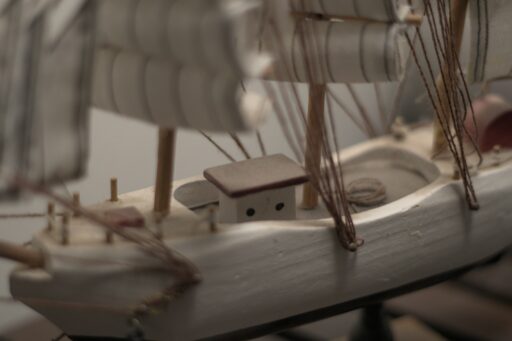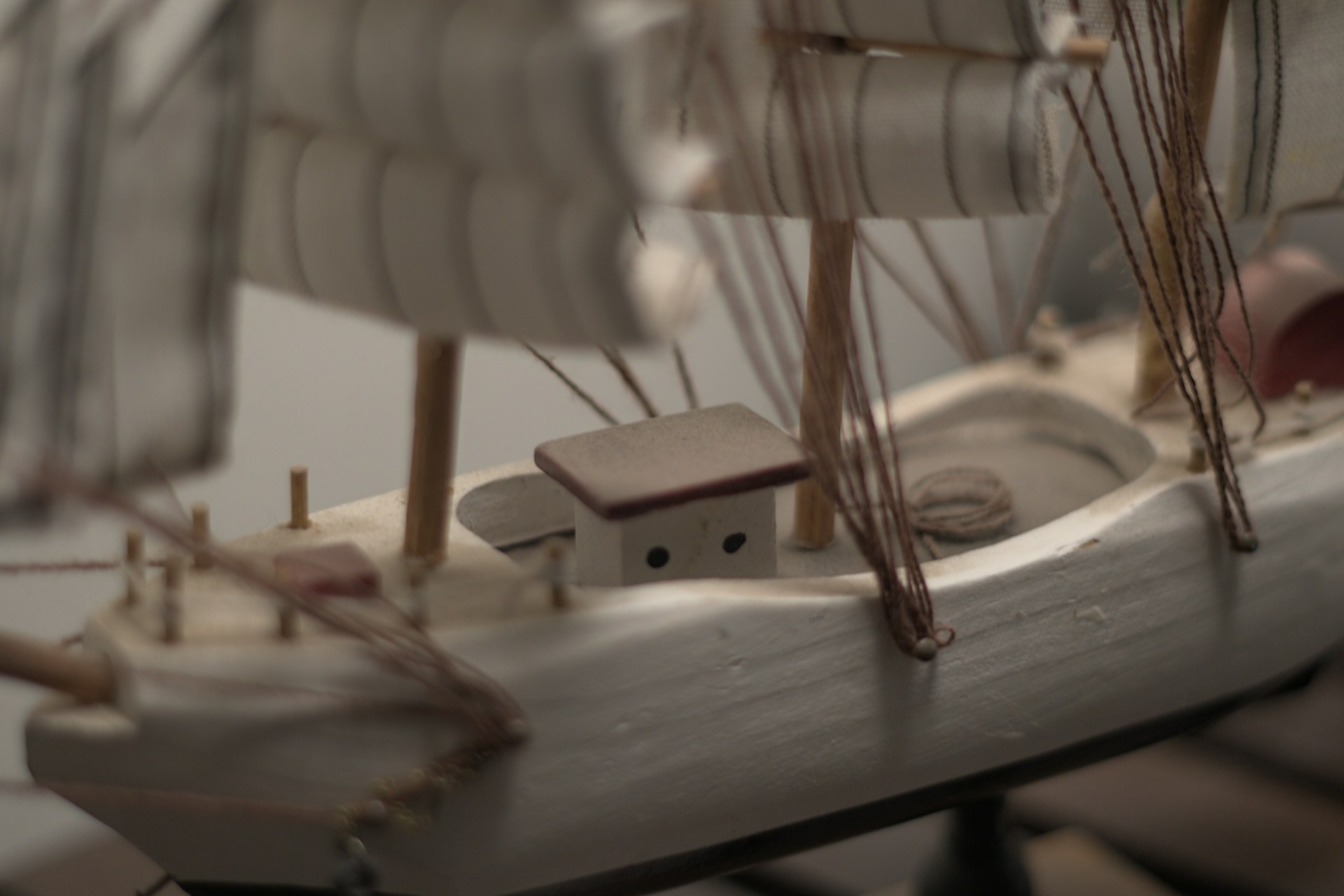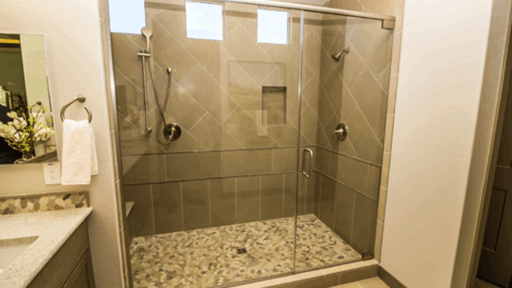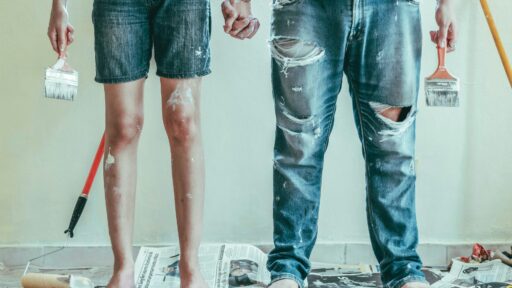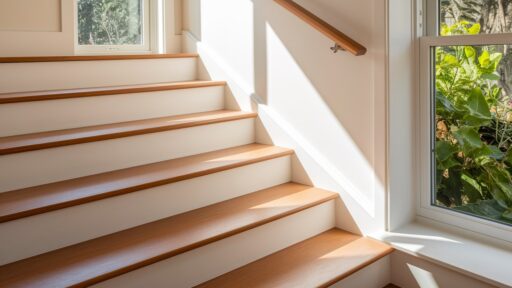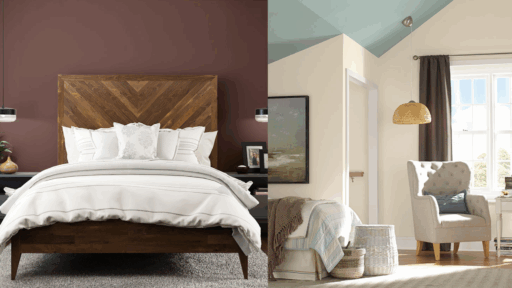Building wooden ship models requires patience, technique, and a thorough understanding of the materials used at every stage of the process.
In this article, you’ll discover everything you need to know about ship modeling, especially if you’re interested in improving the quality of your models. So, if you’re looking for more professional results, occre has tips and resources that will make all the difference.
What Makes Ship Modeling So Special?
Ship modeling is a discipline that involves the construction and detailing of ship models, generally inspired by real, historical, or contemporary vessels.
Each model tells a story, whether it’s a 17th-century galleon, a military frigate, or a traditional fishing boat. Furthermore, working with wooden ships allows the modeler to explore a noble, versatile material full of possibilities.
Each model reflects the time, dedication, and knowledge put into it, becoming a true work of miniature art.
Most Used Wood Types in Ship Modeling
One of the most important aspects of ship modeling with wooden ships is choosing the right type of wood. Not all woods perform equally, and depending on the level of detail you’re looking for or the stage of assembly, some are more suitable than others.
Basswood
Basswood is one of the most commonly used woods in ship models, especially by beginners. It’s soft, easy to cut and sand, and adapts well to small parts. Its uniform surface also allows for a clean finish when painting or varnishing.
Walnut
Walnut provides elegance and durability. It has a pronounced grain and a dark tone that is highly valued in historical ship models. It’s slightly harder than basswood, but its final appearance makes up for the effort. Ideal for visible parts or fine details.
Sapele
Sapele, a tropical wood similar to mahogany, is very popular for its warm color and durability. It’s perfect for experienced naval modelers looking for a natural and realistic finish without the need for painting.
Beech
Beech is a hard, durable wood with a fine texture. It’s commonly used for internal structures or parts that require strength, such as frames or reinforcements. It’s not as easy to work as basswood, but its stability makes it a reliable choice.
Birch
Birch is ideal for plywood used in naval modeling. It’s light, strong, and offers clean cuts. It’s widely used in assembly kits for structural parts of the hull or deck.
How to Choose the Best Wood for Your Naval Model Kits?
- Experience level: If you’re just starting out, basswood will make your work easier. If you’re already experienced, you can opt for walnut or sapele.
- Use of the piece: For internal structures, a harder wood is best. For exterior details, choose one with a good natural appearance.
- Desired finish: If you plan to paint, look for light, smooth woods. If you prefer a natural finish, choose woods with attractive grain.
Knowing the properties of each type of wood will help you achieve a more professional result on your model boats.
Painting Techniques for Model Ships
In naval modeling, mastering painting and finishing techniques is key to bringing life and realism to your miniature wooden ships.
Before applying any type of paint, it is essential to prepare the surface. Gently sand each part with fine sandpaper to remove imperfections and open the wood’s pores. Then, remove dust with a dry cloth or compressed air.
For some porous woods, it may be helpful to apply a coat of primer or sealer to prevent uneven paint absorption.
Most Common Paint Types
- Acrylic paints: These are the most recommended for modeling. They dry quickly, do not have a strong odor, and allow for thin coats. Ideal for details and small surfaces.
- Synthetic enamels: These offer a glossier and more durable finish, although they require a longer drying time. They are widely used on hulls and metal parts.
- Wood Stains: If you want to maintain the natural grain, you can apply stains with a brush or rag to achieve warmer or aged tones without covering the texture.
Recommended Application Techniques
- Brush: Perfect for fine details or touch-ups. Use quality brushes of various sizes for greater control.
- Airbrush: Provides a uniform and professional finish. It’s ideal for large surfaces such as hulls or decks. It requires practice, but the results are worth it.
- Sponging or Drybrushing: Useful techniques for creating textures, simulating rust or wear, and adding depth.
After painting, you can apply a clear varnish to protect your work and unify the finish. Choose between matte, satin, or gloss varnish depending on the desired effect. Keep in mind that varnish not only enhances the appearance but also extends the life of your model.
Advanced Weathering and Realism Techniques
Giving realism to a naval model goes beyond just building it well. The goal is to make the boat look lived-in, and to achieve that aged effect, there are several key techniques.
A widely used technique is washing, which involves applying highly diluted paint in dark tones to highlight shadows and reliefs. It helps highlight details and add depth. Another technique is dry brushing, ideal for simulating wear on edges and areas of friction, using almost dry paint.
To simulate rust or corrosion, browns and oranges are combined and applied with a brush or sponge to metal parts. It’s also possible to imitate saltpeter or marine mold with white or green tones, applied in small amounts to avoid exaggeration.
Finally, applying patinas or tinted varnishes in sepia or gray tones unifies the overall look and provides a more natural finish.
With practice and attention to detail, each model boat becomes a unique work. If you are passionate about artisanal naval modeling, continue exploring, learning, and perfecting your technique. The journey is as exciting as the final result.

